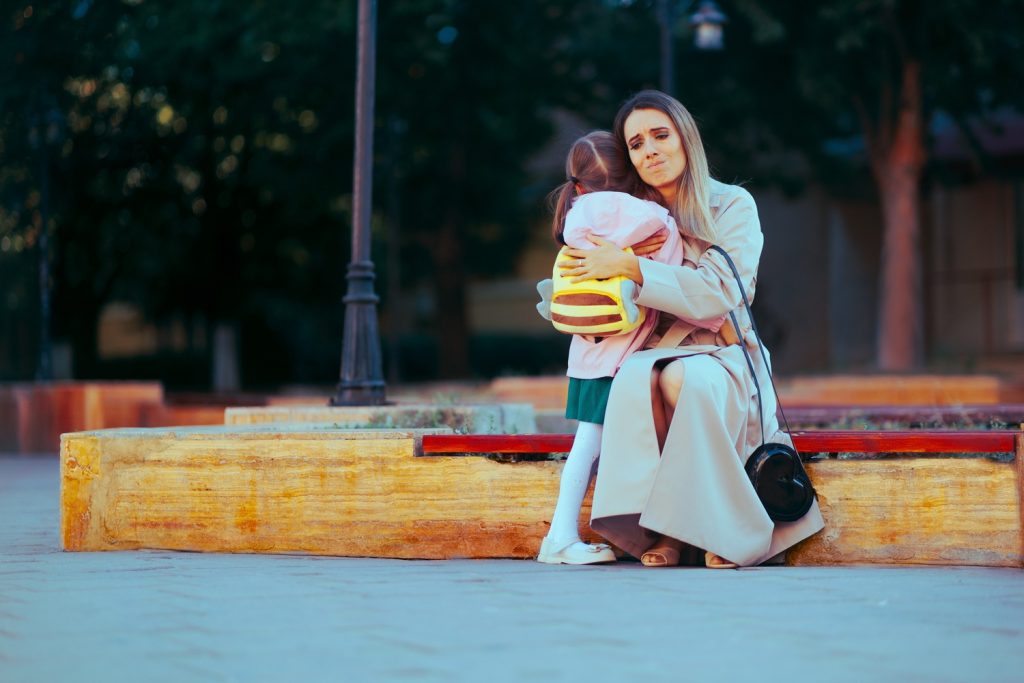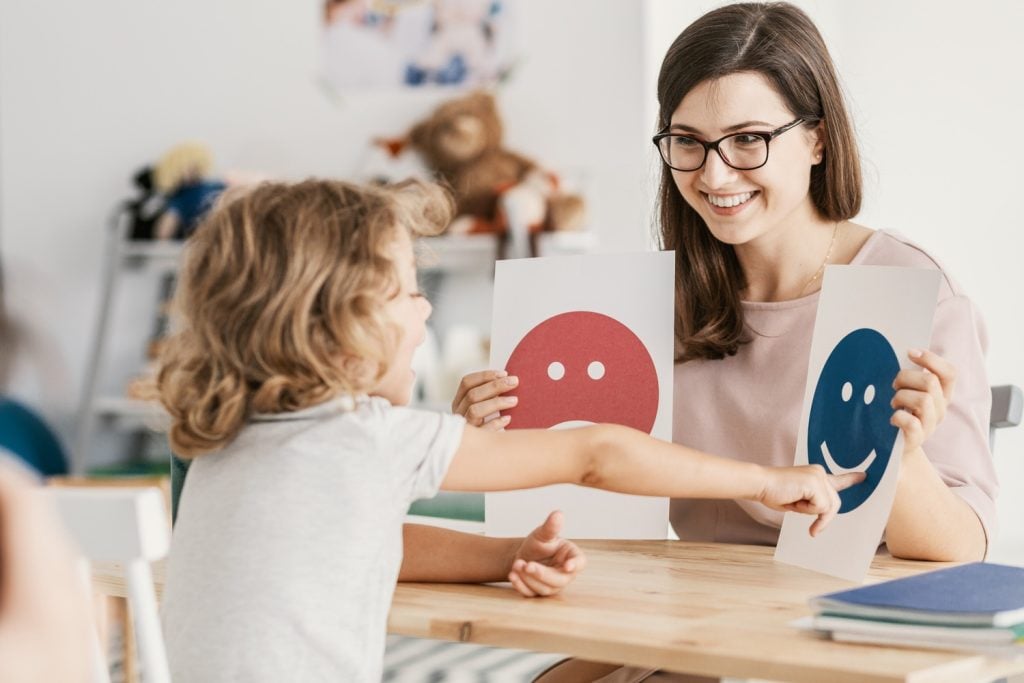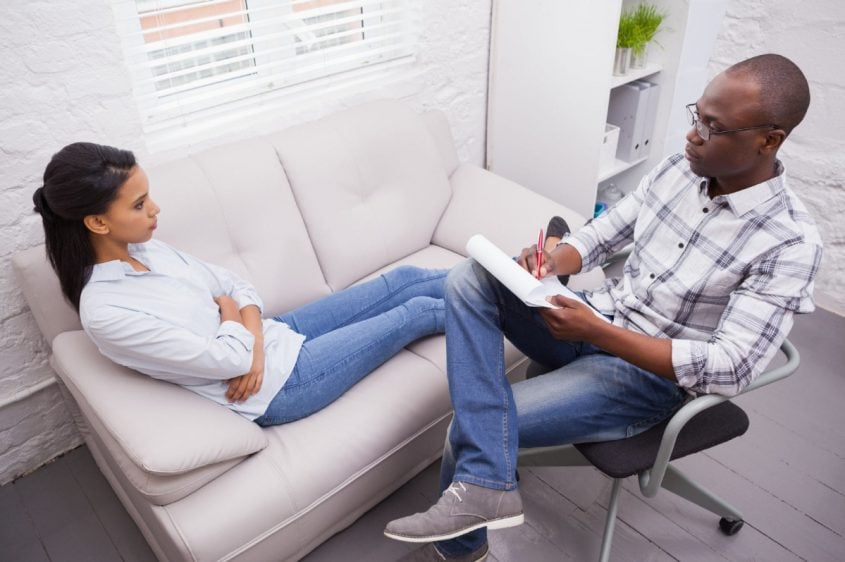Top Coping Strategies for Separation Anxiety in Children
Separation anxiety is a common challenge for many parents and children. It often surfaces during developmental milestones, school transitions, or changes in routines. While the intensity and triggers can vary, the strategies to address it remain consistent and effective. If your child struggles with separation anxiety, understanding the underlying causes and adopting practical solutions can help ease the process for both of you.
Contents
The Root Causes of Separation Anxiety
Intense separation anxiety stems from a child’s fear of losing their caregiver or being left alone. Younger children, particularly toddlers, may not yet grasp the concept of time, making even short absences feel prolonged. This anxiety can be heightened by factors like:
- Developmental Stages: Young children are naturally attached to their caregivers as they form their sense of safety.
- Sudden Changes: Events like moving to a new home, starting school, or changes in family dynamics can increase feelings of insecurity.
- Parental Behavior: Children often mirror their caregivers’ emotional responses. If you seem anxious about leaving, they’re likely to pick up on it.
Understanding these causes helps you approach the situation with empathy and develop strategies that address the underlying fears rather than just the symptoms.
Build a Predictable Routine
Children thrive on structure and predictability. Creating a consistent daily routine can reduce anxiety by helping your child know what to expect. For example:
- Morning Rituals: Establish a predictable morning routine before school or daycare. This could include having breakfast together, packing their bag, and discussing the day ahead.
- Goodbye Routine: Develop a simple, consistent farewell process. A hug, a special phrase, or a wave can provide comfort and signal that you’ll return.
Predictability fosters a sense of security. When your child knows what comes next, they’re less likely to feel overwhelmed by uncertainty.
Use Gradual Exposure to Separation
Gradual exposure is a powerful tool for helping children adapt to being apart from you. Start with short separations and gradually increase the duration over time. For example:
- Practice at Home: Leave the room briefly while explaining where you’re going and when you’ll return. For instance, ‘I’m going to the kitchen to get a glass of water. I’ll be back in two minutes.’
- Short Outings: Begin with brief outings, like a trip to the mailbox, and build up to longer periods away.
- Stay Consistent: Stick to the agreed return time. If your child learns they can trust your promises, they’ll feel more secure.
Gradual exposure builds trust and confidence, showing your child that separation is temporary, safe, and part of adjusting to new routines.
Introduce Comfort Objects
A comfort object, such as a favorite stuffed animal, blanket, or small toy, can help bridge the gap when you’re not around. These items act as a source of reassurance and familiarity, providing emotional support during challenging moments.
Practical tips:
- Let your young child choose their comfort object.
- Encourage them to keep it nearby during separations, like in their backpack or beside their pillow at night.
Familiar objects can evoke feelings of safety and continuity, reducing the intensity of anxiety.
Communicate Openly
Clear and honest communication helps children feel understood and validated. Avoid vague explanations; instead, provide specific details about where you’ll be and when you’ll return.
- Set Expectations: Use simple language to explain why separations are necessary. For instance, ‘I need to go to work so we can have dinner together later.’
- Acknowledge Their Feelings: Reassure your child that it’s okay to feel upset but emphasize that they are safe.
Open communication builds trust and helps children process their emotions more effectively.
Encourage Independence Through Play
Engaging your child in independent play activities fosters self-confidence and resilience. Start by encouraging short periods of independent play while you’re nearby.
Ideas to try:
- Creative Play: Provide toys, puzzles, or arts and crafts that keep your child engaged.
- Role-Playing: Use dolls or action figures to act out scenarios involving separations and reunions.
Independence during play strengthens problem-solving skills and reduces reliance on your presence.
Practice Calm and Consistent Goodbyes
Your demeanor during goodbyes sets the tone for your child’s response. Approach farewells with a calm and confident attitude, even if your child becomes upset. Avoid lingering or returning repeatedly to comfort them.
Steps to follow:
- Give your child a clear, reassuring goodbye.
- Resist the urge to sneak away, as this can erode trust.
- Stick to the routine and leave promptly, even if your child cries.
Consistent goodbyes reinforce trust and help your child adapt more quickly to separations.
Reinforce Positive Behaviors
Acknowledging and rewarding your child’s progress can motivate them to handle separations more confidently. Positive reinforcement and healthy reactions might include verbal praise, stickers, or small treats.
Examples:
- ‘You did a great job staying calm while I was gone!’
- ‘I’m proud of you for playing on your own this afternoon.’
Positive reinforcement helps your child associate separations with reassuring, making future experiences easier.
Seek Professional Support When Needed
If separation anxiety disorder persists or significantly disrupts daily life, consulting a professional can provide additional guidance. Therapists or counselors can offer tailored strategies to address your child’s specific needs.
Signs to watch for:
- Persistent anxiety despite consistent efforts.
- Physical symptoms like stomachaches or headaches.
- Refusal to attend school or participate in activities.
Professional support can uncover deeper issues and offer evidence-based solutions to address them in an effective way.
Final Thoughts
Helping your child cope with separation anxiety is a gradual process that requires patience and consistency. By understanding the underlying causes and implementing practical strategies, you can guide your child toward greater independence and emotional development. Remember, each small step forward is a win worth celebrating. With time and your best efforts, your child will gain the confidence to handle separations effectively.






Exposure is wonderful methods to have a great strategies to manage the separation anxiety to our child, small things can be a big matter for them now and in the future .
I remember going through this with my daughter when she started preschool. It is good to have strategies to help with this!
As a parent, I’ve struggled with my little one’s separation anxiety, especially during those first few weeks of starting daycare. I love the idea of creating a goodbye routine—it’s such a simple but powerful way to help them feel safe.
Tips like establishing a routine, positive reinforcement and security, are spot on because they focus on the child’s feelings not just the behavior. It reminds me of when my little brother had separation anxiety and using small steps like a special goodbye ritual made all the difference.
Thank you for sharing these thoughtful and practical strategies for managing separation anxiety in children. I especially appreciate the emphasis on building trust and fostering independence through gradual exposure and open communication! <3
Luckily, my two sons are very independent, and our separation when they started preschool was fine. But my friend has a very sensitive child, and the poor girl hates preschool. I`ll forward this post to her.
Amazing post! This can be such a difficult problem for parents to deal with and these coping tips are super helpful and create a great pathway towards a positive change. Mel w
This can be such a challenging experience for both children and parents. I think preparing kids early makes a big difference, and the emphasis on building a consistent routine to provide comfort and stability.
This is such a helpful read for parents! I appreciate the practical tips for managing separation anxiety in children.
Separation anxiety is real. Thanks for sharing this helpful insight to cope with it. It is so hard to have a feeling like this, I hope parents out there who are experiencing this, can read this.
These tips for separation anxiety are super helpful! I love how simple and easy they are to follow. Definitely going to keep these in mind if I ever need them.
Separation anxiety can be super difficult, both for the child AND the parents! These are some really great suggestions you have, and hopefully can assist parents and children who are going through this right now.
I think that parents need to be aware of what you said that how they respond to situations transfer to their children. And they can carry that for the rest of their lives.
I do feel the need to consult a professional to observe if my random outbursts in the past has affected my children and if we can do something about its negative effects. I don’t see it, but I’d rather be sure.
This is what i fear with my twin 7 year old girls. So far we have kept them in the same class but i know the time will come when they will have to be separated and I dont know how it will go. I hope everything goes well and it is a smooth transition
These coping strategies are so helpful for parents dealing with separation anxiety. The practical tips can really make a difference in easing children’s fears and helping them feel more secure.
We had this when my kids first went to nursery. My eldest was the worst as she hadn’t been exposed to that environment with a sibling being picked up and dropped as the others were. We started gradually and I’d stay for a bit before leaving her. Luckily the sessions we short and she got used to it quickly.
My son had terrible separation anxiety when he was young. We ended up doing a lot of talking and a lot of gradual separation therapy. It worked, thankfully.
A comfort subject is such a great idea. It’s easy for kids to fixate on a topic they’re interested in, which will help with their anxiety.
This blog offers such thoughtful and practical strategies for managing separation anxiety in children. I especially appreciate the emphasis on empathy and gradual steps, which make the process more manageable for both parents and kids!
This blog provides such thoughtful strategies for addressing separation anxiety in children! I especially appreciate the emphasis on gradual exposure and creating predictable routines—small steps really do make a big difference.
I used all of these methods when I sent my son to daycare. It was still so heartbreaking to watch him cry and call out for me. Luckily it was a fast adjustment for him and now he’s so happy.